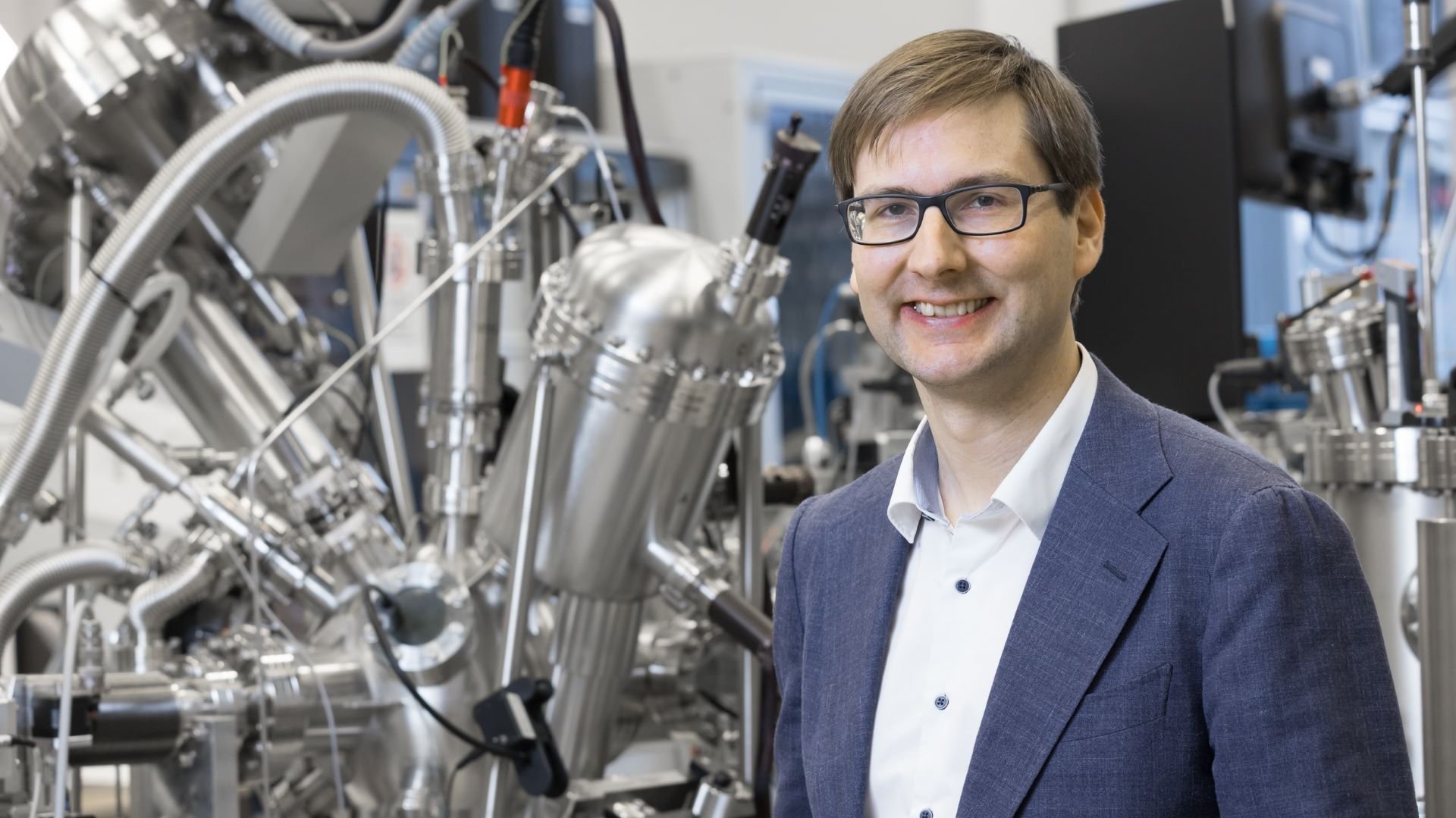News
New measurement technology developedImproved understanding of perovskite solar cells
Highly efficient and cost-efficient to produce - perovskite solar cells have repeatedly caused surprises in recent years. Scientists at "Forschungszentrum Jülich" and the University of Duisburg-Essen have now discovered a further special property using a new photoluminescence measurement technique, which may be a key reason for the high efficiency. The results were presented in the scientific journal Nature Materials.

There are high hopes for photovoltaics associated with perovskite solar cells, even if their stability still leaves some room for improvement. Cells of this type are inexpensive to print and astonishingly efficient. Over the past decade, their efficiency has doubled to over 25 percent, putting them on a par with conventional silicon solar cells. Further improvements seem possible in the future.
"An important factor here is the question of how long energised charge carriers are retained in the material," clarified Prof Dr Thomas Kirchartz. "Understanding the processes is crucial to further improving the efficiency of perovskite-based solar cells." The electrical engineer heads a working group on organic and hybrid solar cells at the Institute of Energy and Climate Research at FZ Jülich and holds a professorship in nanostructure technology at UDE. He also actively supports CENIDE with his expertise.
A new type of photoluminescence measurement has now shown that free charge carriers in perovskite solar cells are presumably shielded from decay in a special way - unlike classic solar cells. "Until now, it was assumed that recombination was predominantly triggered by defects that are energetically located in the centre between the valence and conduction band. This is because these so-called deep defects are similarly accessible to excited electrons and their counterparts, the holes," says Kirchartz. This appears to be correct for most types of solar cells. However, he and his team have now debunked this for perovskite solar cells and shown that the shallow defects are decisive for the final efficiency. Unlike the deep defects, these are not located in the centre of the band gap, but very close to the valence or conduction band.
Further information:
Click here for the detailed press release.
Prof Dr Thomas Kirchartz, Faculty of Engineering, Tel. 0203/379-8183, t.kirchartz@fz-juelich.de

